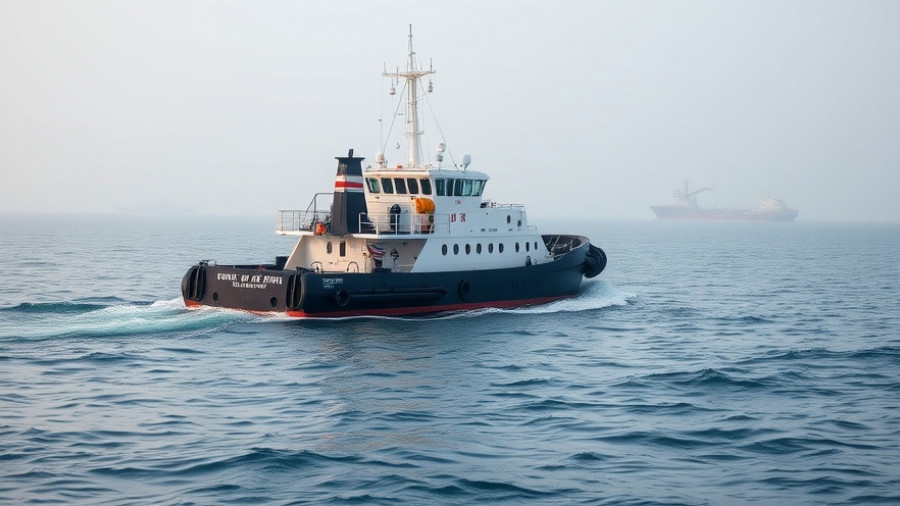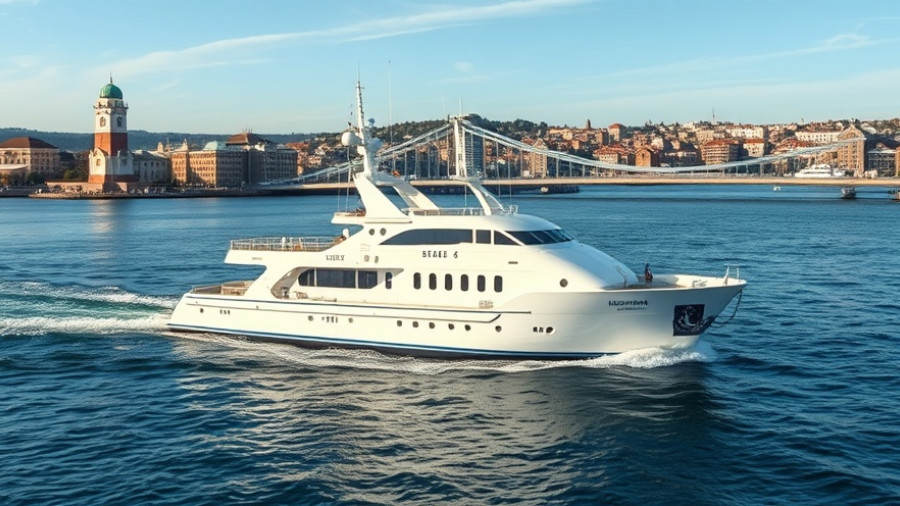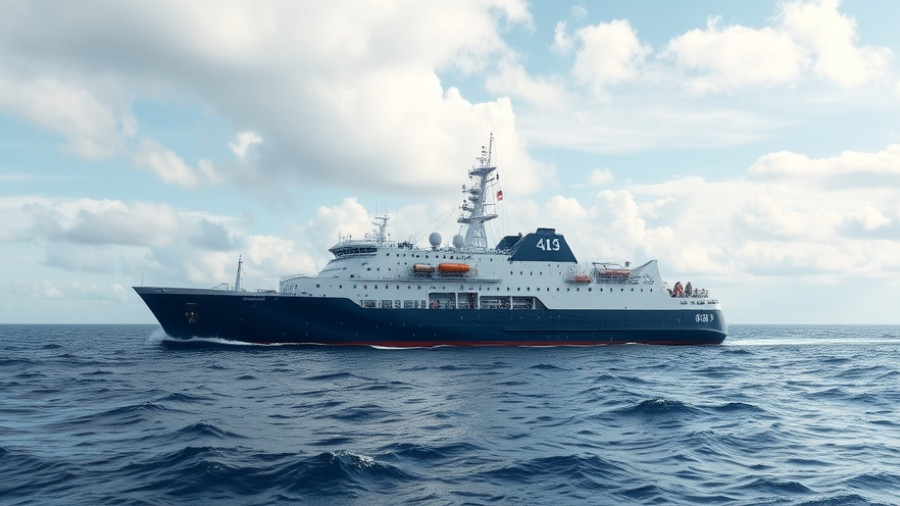
Modernizing the Mariner Exam: A Game-Changer for Aspiring Mariners
The recent advancement of the bipartisan Mariner Exam Modernization Act by the House Transportation and Infrastructure Committee marks a significant shift in how the U.S. maritime industry approaches credentialing for its workers. As expressed by Rep. Salud Carbajal and Rep. Mike Ezell, the current system remains archaic and bogged down by redundancies that do little to foster a new generation of mariners. With this legislation, the goal is clear: create an efficient, relevant, and modern credentialing process that reflects the realities of today’s maritime demands.
Understanding the Current Challenges: Why Change is Necessary
The Merchant Mariner Credentialing exam has long been criticized for its outdated structure, forcing candidates to repeatedly demonstrate competencies through various testing methods. This not only complicates the certification process but also discourages talented individuals from pursuing careers at sea. The proposed legislation aims to revamp this process, allowing for a streamlined examination that integrates contemporary skills such as cybersecurity.
Industry Impacts: Expanding Workforce and Addressing Skills Gap
By modernizing the credentialing system, the maritime industry can not only enhance the employability of new entrants but also address the pressing skills gap. With cybersecurity becoming increasingly vital in maritime operations, focusing training on relevant modern practices will ensure that new professionals are well-prepared to meet the needs of an evolving industry.
Future Predictions: A New Era for Maritime Careers
As the Mariner Exam Modernization Act works its way through Congress, optimism builds around its potential impact. By removing unnecessary bureaucratic hurdles, the bill could significantly accelerate the entry process for new mariners. This could ultimately lead to a stronger maritime workforce, directly impacting the efficiency of maritime commerce and safety at sea—two critical components for a thriving economy.
Learning from Other Industries: Embracing Innovation
The approach taken by the maritime industry to modernize its credentialing can be compared to transitions seen in other sectors facing disruption. Industries such as flying and automotive manufacturing have evolved rapidly with technology, and a similar transformation in maritime could yield substantial benefits. By embracing innovation and facilitating a faster path to certification, the sector can regain its competitive edge.
Actionable Insights: What Maritime Professionals Can Do Now
For current and aspiring maritime professionals, staying informed about the progress of this legislation is key. Engaging in discussion forums, reaching out to representatives, and advocating for modernization can help amplify the push for necessary changes. By participating in these conversations, mariners can influence the future of credentialing and ensure their voices are heard.
Conclusion: A Call for Support and Advocacy
The Mariner Exam Modernization Act represents more than just a shift in policy; it symbolizes a commitment to enhancing the U.S. maritime workforce. Your engagement in advocating for this bill can play a critical role in shaping the future of maritime careers. Stay involved, stay informed, and support the changes that will boost our maritime industry.
 Add Row
Add Row  Add
Add 




Write A Comment